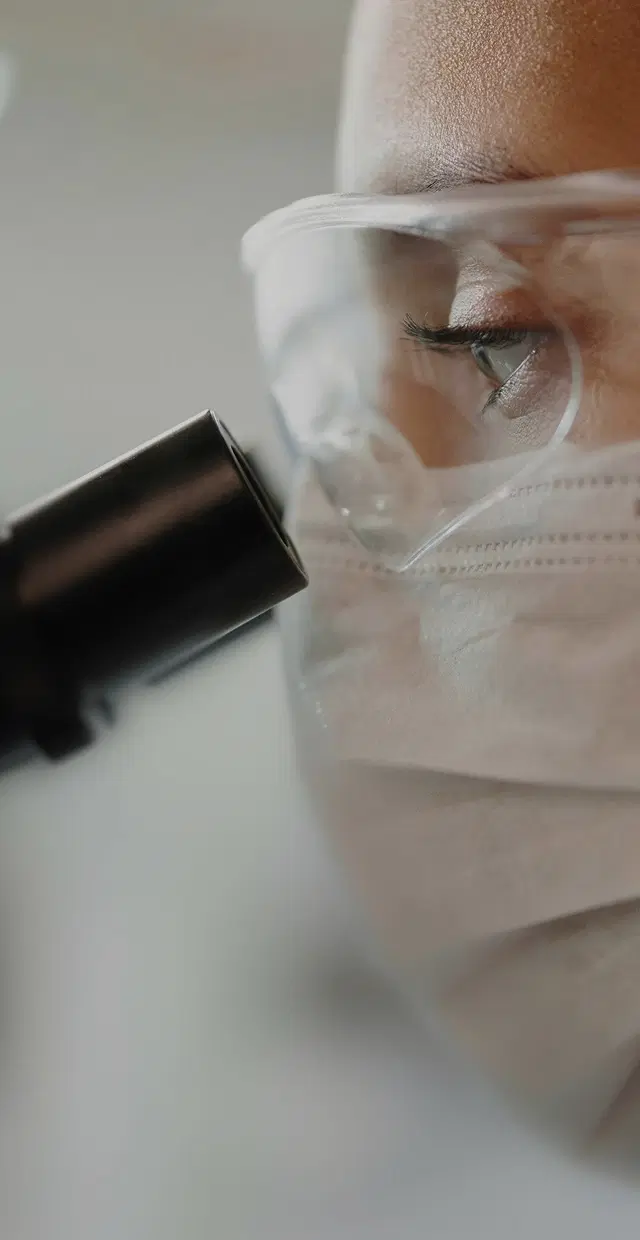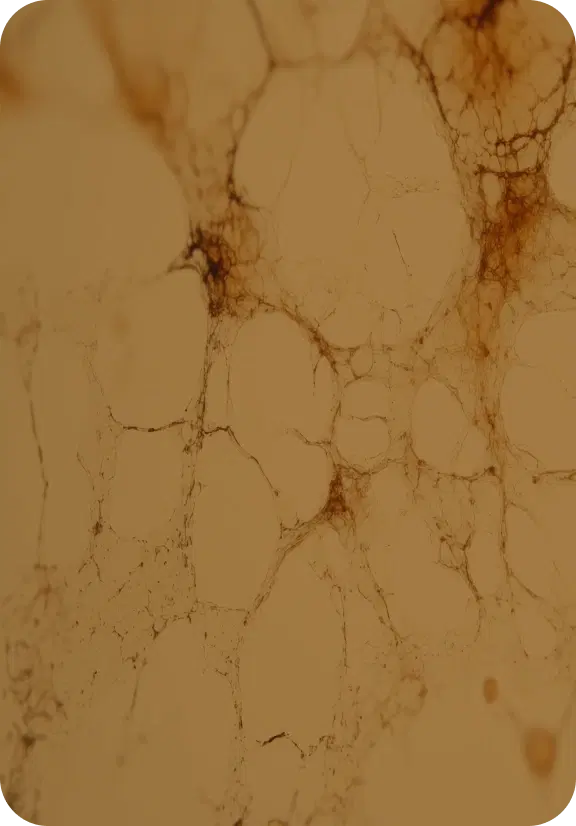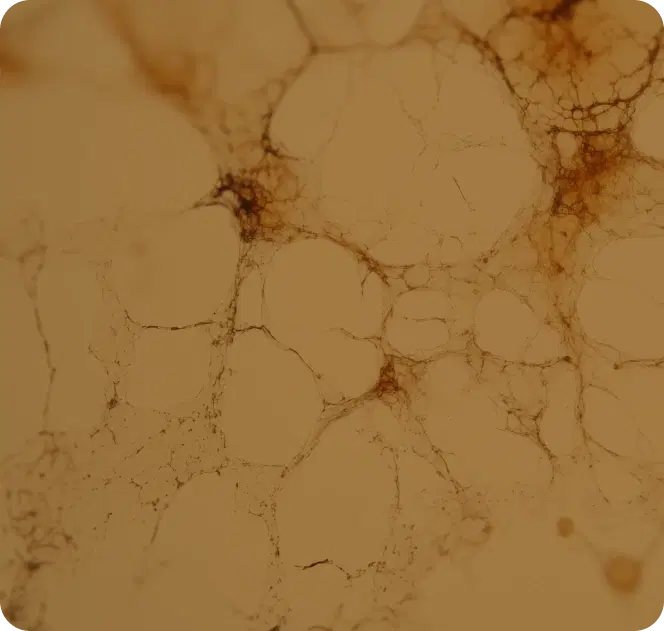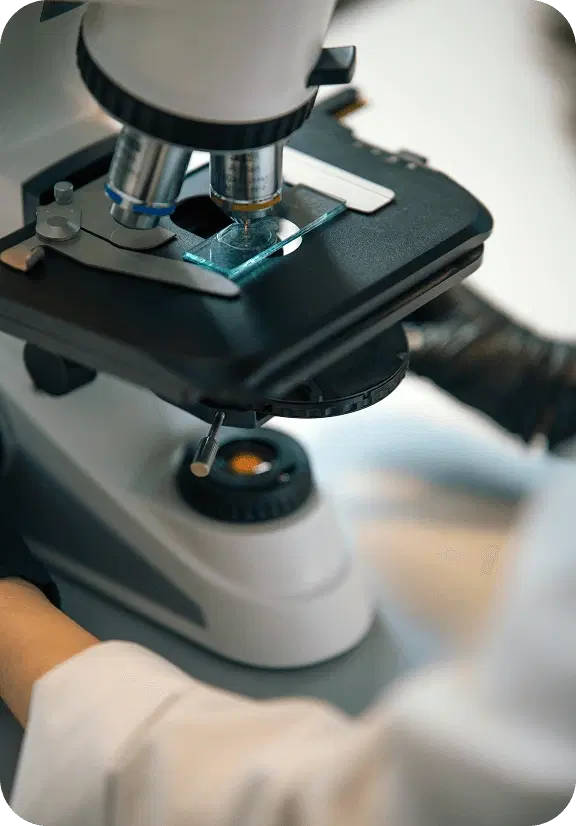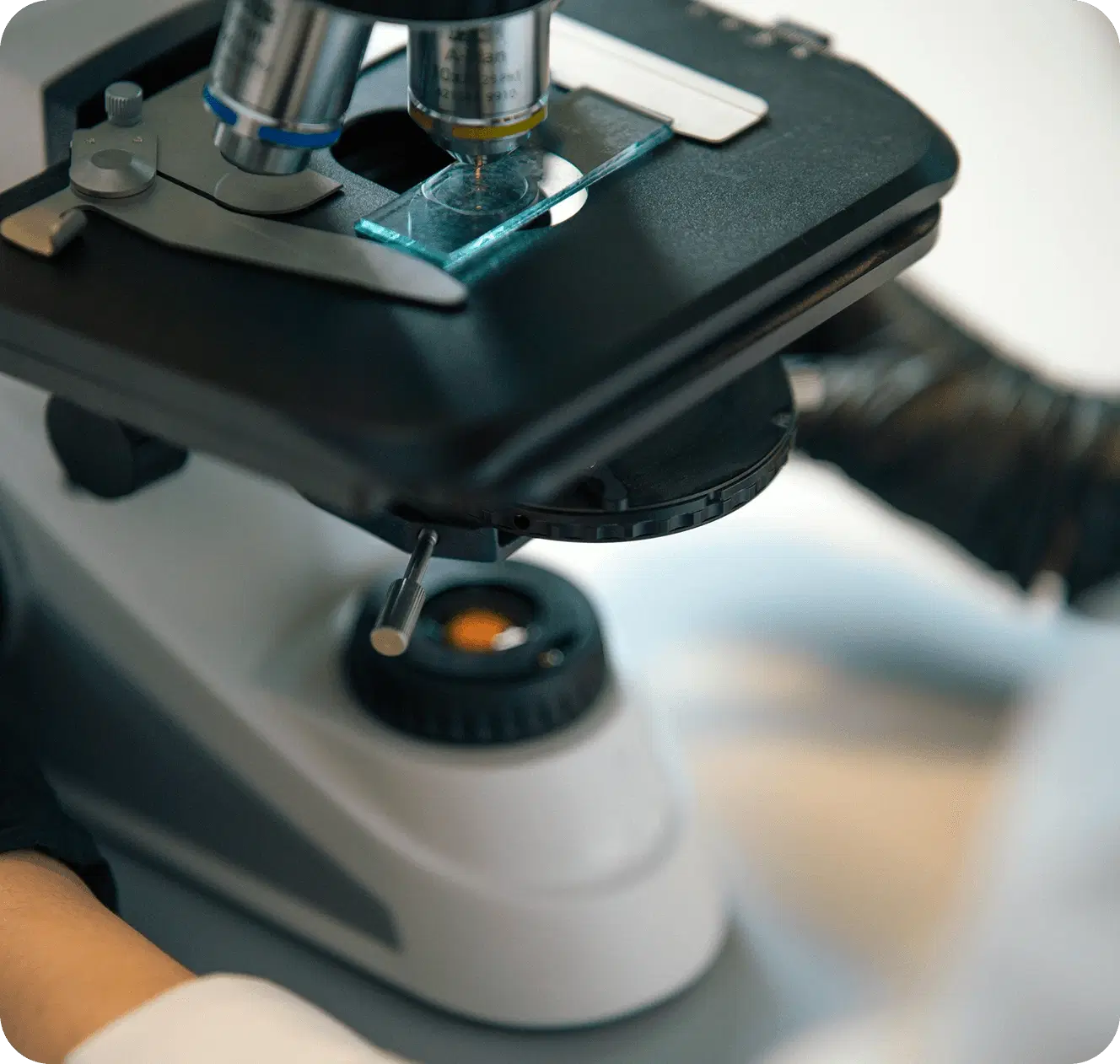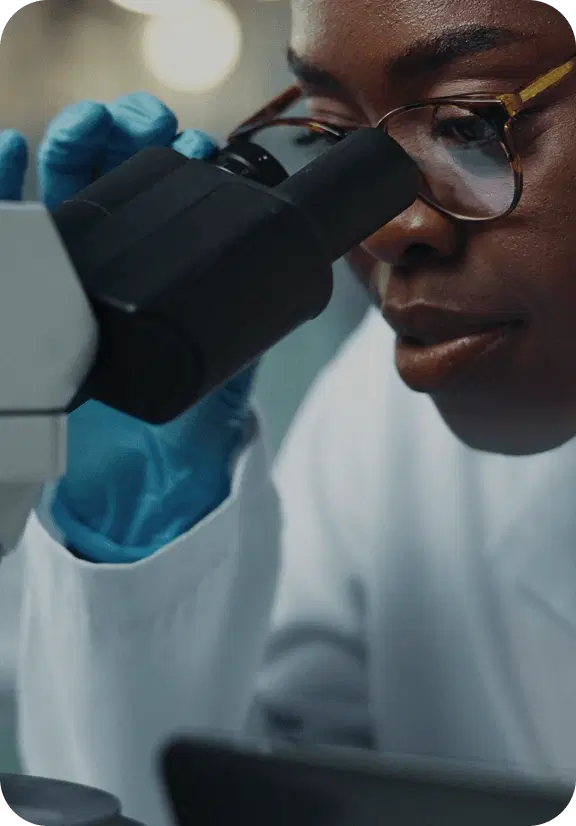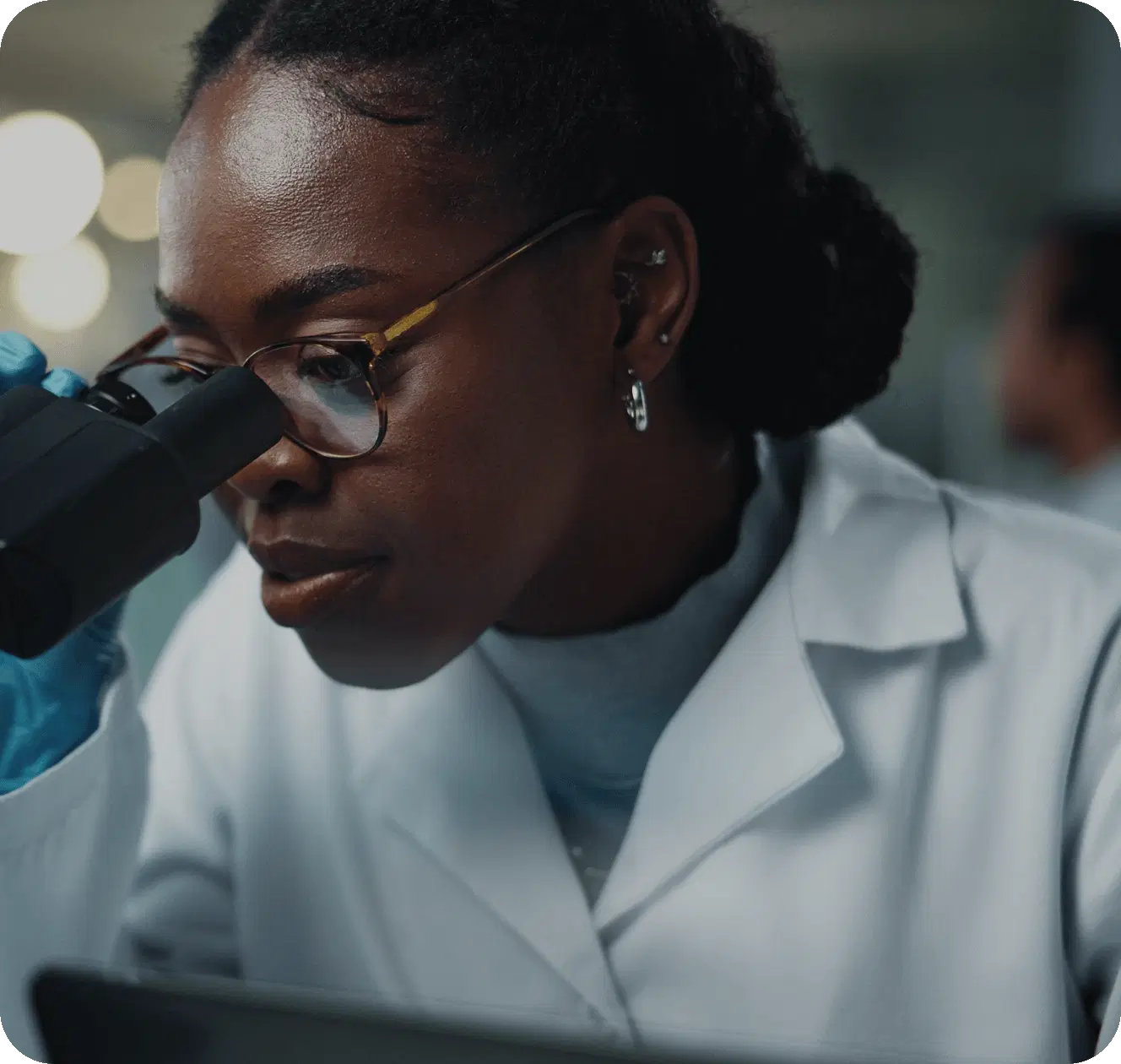Where science meets longevity
The Gold Standard in Biological Age Testing
Clinically validated. Head-to-head tested.
Proven Accuracy Outperforming Competition
See how SystemAge stacks up in direct comparisons against traditional biological age clocks— and why doctors are standing behind it.
Backed by World-Leading Scientists and Clinicians
Our science is backed by world-renowned scientists with cutting-edge research.
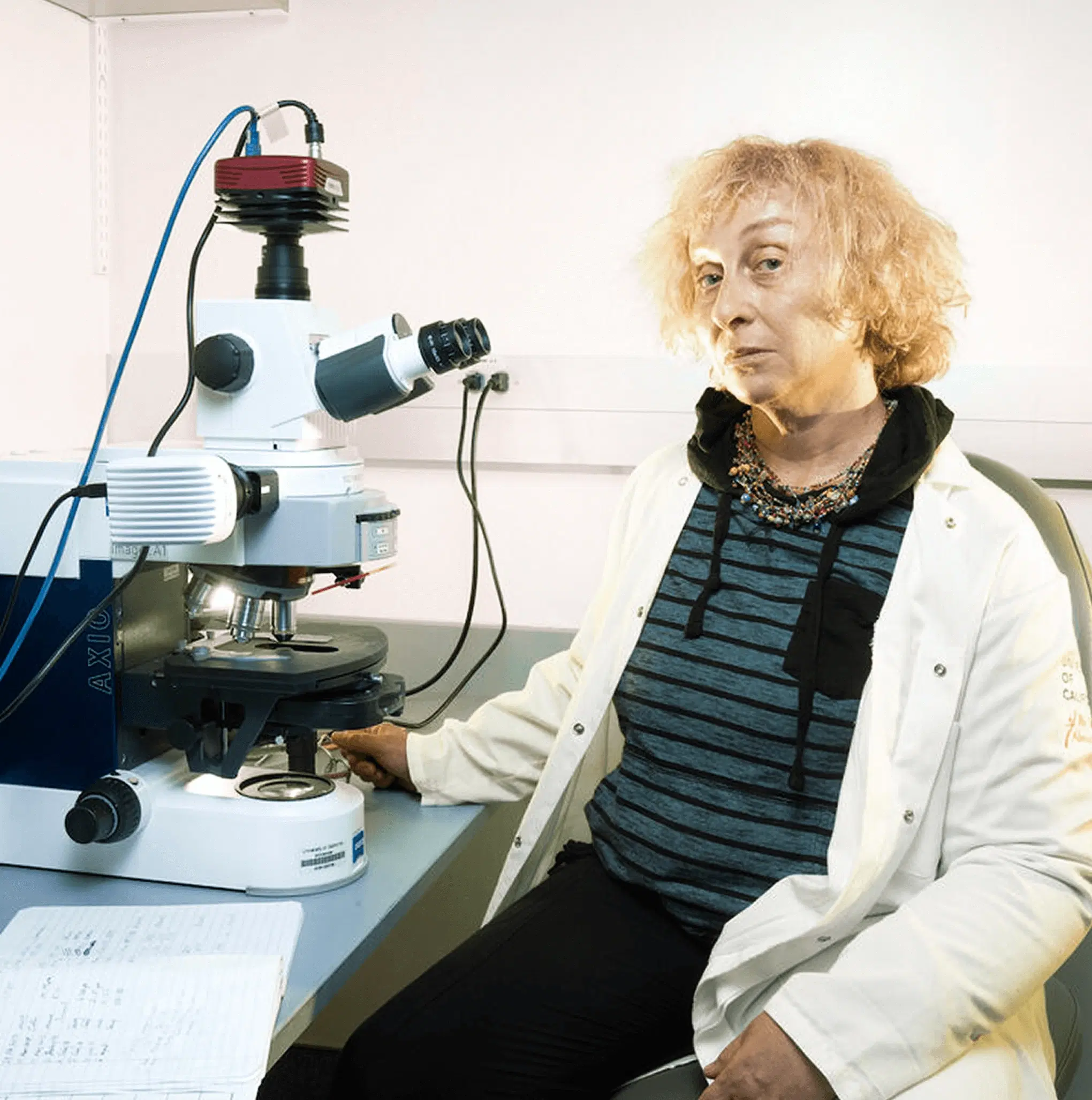
Dr. Irina Conboy
CSO & Co-founder
Leading expert in aging research and regenerative biology. Dr. Conboy's groundbreaking work in cellular rejuvenation and aging mechanisms forms the foundation of our technology.
Dr. Conboy on Google Scholar →Published Research
Our research has been published in leading journals and featured extensively in the media.
GeroScience
GeroScience - Jan 18, 2025
DNA methylation clocks struggle to distinguish inflammaging from healthy aging, but feature rectification improves coherence and enhances detection of inflammaging
Read PaperPubMed
PubMed - Dec 11, 2024
The dominance of old blood, and age-related increase in protein production and noise
Read PaperAging
Aging - Sep 12, 2023
Fail-tests of DNA methylation clocks, and development of a noise barometer for measuring epigenetic pressure of aging and disease
Read PaperCell Cycle
Cell Cycle - Jun 15, 2012
Heterochronic parabiosis for the study of the effects of aging on stem cells and their niches
Read PaperCell Stem Cell
Cell Stem Cell - Jan 10, 2008
A Temporal Switch from Notch to Wnt Signaling in Muscle Stem Cells Is Necessary for Normal Adult Myogenesis
Read PaperNature
Nature - Feb 17, 2005
Rejuvenation of aged progenitor cells by exposure to a young systemic environment
Read PaperTrusted by authorities in longevity science
Backed by World-Leading Scientists with Cutting-Edge Research
Dr. Adeel Khan, MD
Regenerative Medicine Doctor, CEO & Founder of Eterna Health

We are now ready for healthcare 3.0 focusing on prevention. Generation Lab is the tool that I trust.
Dr. Adeel Khan, MD
Regenerative Medicine Doctor, CEO & Founder of Eterna Health
Dr. George Church, PhD
The Robert Winthrop Professor of Genetics at Harvard Medical School

Generation Lab's organ-level biological age test could define preventative medicine - helping us to catch aging before it leads to disease.
Dr. George Church, PhD
The Robert Winthrop Professor of Genetics at Harvard Medical School
Dr. Robert Langer, PhD
Professor at MIT, Co-founder of Moderna, pioneer in drug delivery and regenerative medicine

Irina has made significant contributions to Aging Science. her peer reviewed paper on Nature and Science have been cited for 4000 times.
Dr. Robert Langer, PhD
Professor at MIT, Co-founder of Moderna, pioneer in drug delivery and regenerative medicine
Dr. David Sinclair, AO, PhD
Professor of Genetics, Harvard Medical School
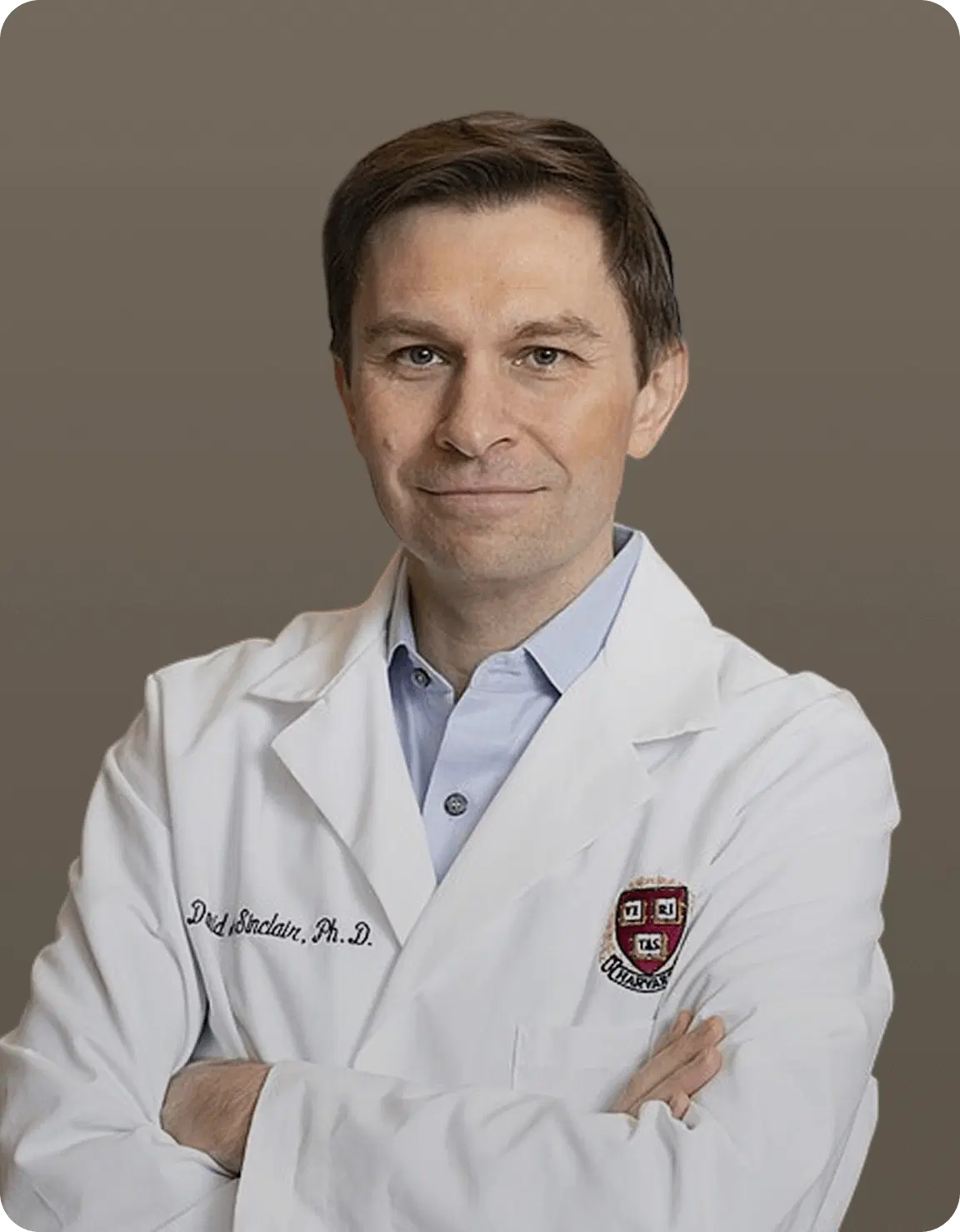
Dr. Conboy’s work proved that factors in blood control and reverse lifespan — not just in mice, but in humans.
Dr. David Sinclair, AO, PhD
Professor of Genetics, Harvard Medical School
Dr. Adeel Khan, MD
Regenerative Medicine Doctor, CEO & Founder of Eterna Health

We are now ready for healthcare 3.0 focusing on prevention. Generation Lab is the tool that I trust.
Dr. Adeel Khan, MD
Regenerative Medicine Doctor, CEO & Founder of Eterna Health
Dr. George Church, PhD
The Robert Winthrop Professor of Genetics at Harvard Medical School

Generation Lab's organ-level biological age test could define preventative medicine - helping us to catch aging before it leads to disease.
Dr. George Church, PhD
The Robert Winthrop Professor of Genetics at Harvard Medical School
Dr. Robert Langer, PhD
Professor at MIT, Co-founder of Moderna, pioneer in drug delivery and regenerative medicine

Irina has made significant contributions to Aging Science. her peer reviewed paper on Nature and Science have been cited for 4000 times.
Dr. Robert Langer, PhD
Professor at MIT, Co-founder of Moderna, pioneer in drug delivery and regenerative medicine
Dr. David Sinclair, AO, PhD
Professor of Genetics, Harvard Medical School

Dr. Conboy’s work proved that factors in blood control and reverse lifespan — not just in mice, but in humans.
Dr. David Sinclair, AO, PhD
Professor of Genetics, Harvard Medical School
Dr. Adeel Khan, MD
Regenerative Medicine Doctor, CEO & Founder of Eterna Health

We are now ready for healthcare 3.0 focusing on prevention. Generation Lab is the tool that I trust.
Dr. Adeel Khan, MD
Regenerative Medicine Doctor, CEO & Founder of Eterna Health
Dr. George Church, PhD
The Robert Winthrop Professor of Genetics at Harvard Medical School

Generation Lab's organ-level biological age test could define preventative medicine - helping us to catch aging before it leads to disease.
Dr. George Church, PhD
The Robert Winthrop Professor of Genetics at Harvard Medical School
Dr. Robert Langer, PhD
Professor at MIT, Co-founder of Moderna, pioneer in drug delivery and regenerative medicine

Irina has made significant contributions to Aging Science. her peer reviewed paper on Nature and Science have been cited for 4000 times.
Dr. Robert Langer, PhD
Professor at MIT, Co-founder of Moderna, pioneer in drug delivery and regenerative medicine
Dr. David Sinclair, AO, PhD
Professor of Genetics, Harvard Medical School

Dr. Conboy’s work proved that factors in blood control and reverse lifespan — not just in mice, but in humans.
Dr. David Sinclair, AO, PhD
Professor of Genetics, Harvard Medical School
Experience the science
Discover your true biological age with our revolutionary testing technology.

